3BHE019633R0101 PDD200A101 | ABB | CAN bus interface circuit
¥4,577.00
Module Number: 3BHE019633R0101 PDD200A101
Product status: Discontinued
Delivery time: In stock
Sales country: All over the world
Product situation: Brandnew , one year warranty
Contact me: Sauldcsplc@gmail.com +8613822101417 SIMON
Have a good day! Thanks for watching my website!
Description
3BHE019633R0101 PDD200A101 | ABB | CAN bus interface circuit
- .Many products are not yet on the shelves please contact us for more products
- .If there is any inconsistency between the product model and the picture on display, the model shall prevail. Contact us for the specific product picture, and we will arrange to take photos in the warehouse for confirmation
- .We have 16 shared warehouses around the world, so please understand that it can sometimes take several hours to accurately return to you. Of course, we will respond to your concerns as soon as possible
CAN bus is an effective serial communication network that supports distributed control and real-time control. 3BHE019633R0101 PDD200A101 has been widely used in the field of automatic control due to its high performance and reliability. In order to improve the driving capability of the system and increase communication distance, Philips 82C250 is often used in practical applications as the interface between the CAN controller and the physical bus, namely the CAN transceiver, to enhance the differential transmission ability of the bus and the differential reception ability of the CAN controller. To further enhance anti-interference ability, a photoelectric isolation circuit is often set up between the CAN controller and the transceiver. The typical CAN bus interface circuit principle is shown in Figure 1.
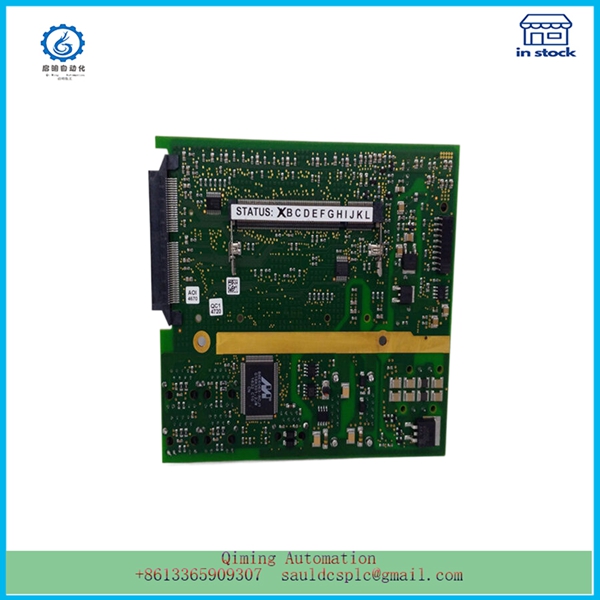
Although the photoelectric isolation circuit can enhance the anti-interference ability of the system, it also increases the transmission delay time of the CAN bus effective circuit signal. 3BHE019633R0101 PDD200A101 leads to a decrease in communication speed or distance. CAN transceivers of models such as 82C250 have the ability to instantly resist interference, reduce radio frequency interference (RFI), and achieve thermal protection. Their current limiting circuit also provides further protection for the bus. Therefore, if the on-site transmission distance is close and the electromagnetic interference is small, photoelectric isolation can be omitted to achieve the maximum communication speed or distance of the system, and interface circuits can be simplified. If the on-site environment requires photoelectric isolation, high-speed photoelectric isolation devices should be selected to reduce the transmission delay time of CAN bus effective circuit signals. For example, the high-speed photoelectric coupler 6N137 has a short transmission delay time, with a typical value of only 48 ns, which is close to the level of TTL circuit transmission delay time.
Mailbox:sauldcsplc@gmail.com |3BHE019633R0101 PDD200A101
www.abbgedcs.com | Qiming Industrial Control | Simon +86 13822101417

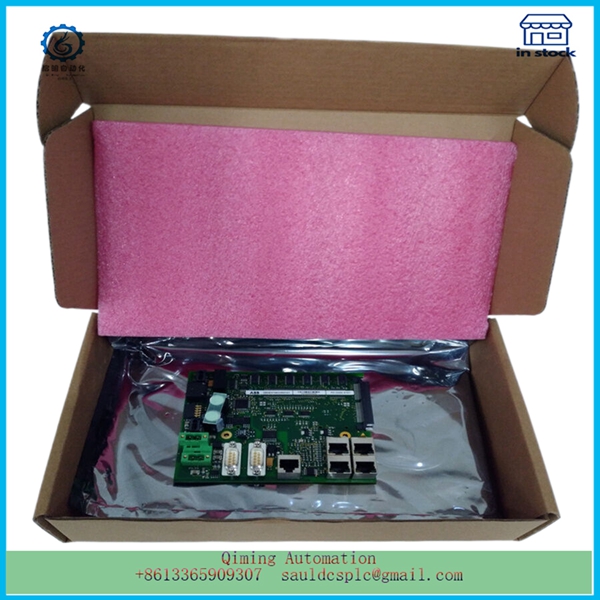
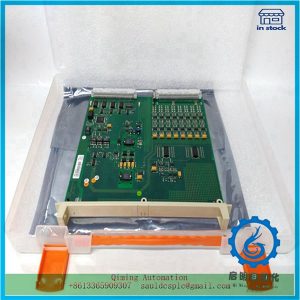
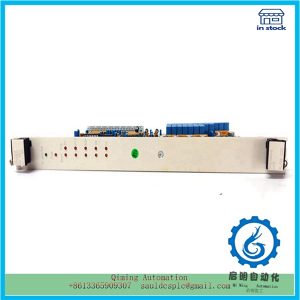
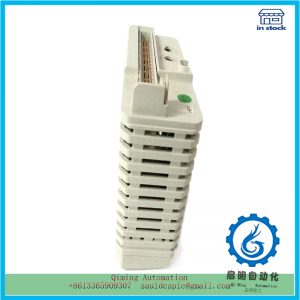
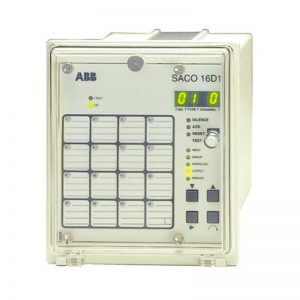
Reviews
There are no reviews yet.